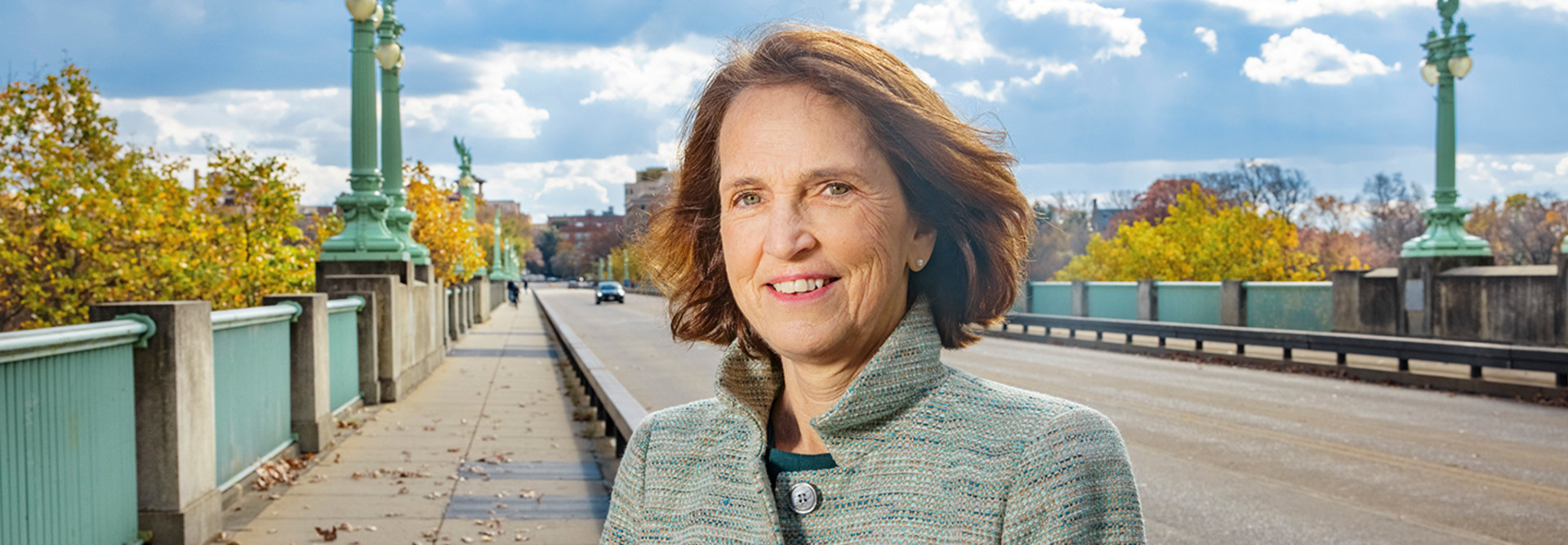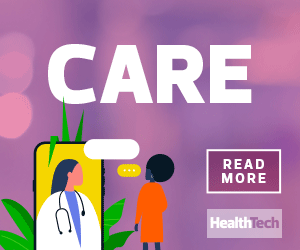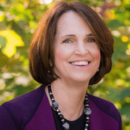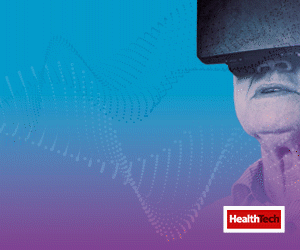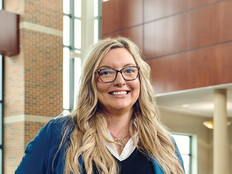All types of healthcare providers were challenged by the COVID-19 pandemic, but perhaps no segment faced more hurdles and grief than senior care communities.
“I think our members would tell you that it’s probably been the hardest year of their professional lives,” says Katie Smith Sloan, president of LeadingAge, an association of nonprofit providers of aging services.
Not only have caregivers faced an evolving health threat that’s detrimental to high-risk populations, but they have also had to deploy new technologies and services to support sanitation, staffing and social distancing while maintaining residents’ mental and physical health.
The steps residences have taken to stay safe and connected have informed the organization’s yearly conference, now being called the LeadingAge Annual Meeting Virtual Experience, to be held online from Nov. 10-12 and Nov. 17-19.
Sloan spoke more about the event and reflected on how the senior care space is responding to a global health emergency.
MORE FROM HEALTHTECH: Explore our coverage from the LeadingAge Annual Meeting.
HEALTHTECH: What can LeadingAge attendees expect at an all-virtual event?
SLOAN: We’re treading some brand-new territory, but we’ve tried to bring as much of the experience that happens when we’re face to face into a virtual platform.
We still have an exhibit hall, we still have educational and general sessions, and we’ve created virtual networking events where tech companies and providers come together and create that informal exchange — which is a big part of our conference for members.
Educational sessions will be shorter because people are tired from being on Zoom and a screen all day, and we’ll also have some late-afternoon entertainment. We’re trying our best to have as much variety as possible with plenty of opportunity for connection.
HEALTHTECH: How has the pandemic changed the focus of your programming?
SLOAN: The technology portion of the conference is just tremendous this year. We’re really focused on telehealth, social connectedness and screening tools. It’s about asking, “How do we make sure that we keep our residents and staff safe?”
We know the primary way the virus gets into a nursing home or an assisted living community is from staff — and it’s often those who work in more than one community or those who are going home to their families and unwittingly becoming infected.
The extent that we can screen people, whether it’s temperature checks or actual testing, is essential.
HEALTHTECH: Can you reflect on the biggest hurdles your members have faced?
SLOAN: Nobody really understood what this virus was, how it was transmitted and how to protect against it — and then our members couldn’t get access to personal protective equipment. We’ve never had a virus that’s asymptomatic. When you have the flu, you know it, so that created its own challenge.
There was a lot of loss and no time to grieve; the mental strain on staff was enormous. In those first months of the virus, teams were constantly learning, pivoting and having to adapt protocols, procedures and staffing patterns.
That said, a lot more lives were saved than were lost. There was just a tremendous determination to work hard to keep people alive and get them through this virus. Now, when I talk to members, they know what to do.
HEALTHTECH: In what ways have their technology plans changed — and how are users responding?
SLOAN: Things that might have happened five years from now took five months. The urgency has created the need for members to really jump into technologies just for day-to-day connections, because now you’ve got residents who can’t visit family without technology.
I don’t have data, but I would say it’s been very much welcomed. If that’s your only way to see your grandkids, of course you’re going to start looking at an iPad. But I also think it’s just been this great time of discovery — that “wow, I can do this” moment.
A community’s activity director is now the “social connectedness” director. We’re seeing virtual bingo, virtual birthdays, all kinds of things. I admire the creativity.
HEALTHTECH: What problems might come with this movement?
SLOAN: I’ve been very concerned about high-speed internet access during COVID. We have a lot of members either in rural America where they don’t have it or in affordable housing communities that just haven’t made the investment, so it has created some disparities. I hope it’s something that we as a country can address and rectify.
In regard to cybersecurity, you’ve got a lot of personal data that your teams are responsible for. You have a responsibility to protect that data to make sure you’re not in a situation where you can be easily hacked or easily spammed.
HEALTHTECH: Are tech designers more focused on older audiences?
SLOAN: We’ve long been proponents of involving older users in design from the get-go, rather than trying to retrofit tech products after the fact.
One product a lot of our members use is iN2L, which is an engagement program for people with dementia. They continue to upgrade and improve the product based on their experience with users, but it’s really a sort of memory-recall engagement and it’s used all over the country.
Virtual reality is an incredibly useful staff training tool, particularly if you’re working with people who are living with dementia, because there are VR programs designed to help understand what it feels like to live with dementia. It’s also a great quality-of-life tool for individuals to be able to put on those glasses and be somewhere else for a while.
HEALTHTECH: How might technology continue to improve senior care?
SLOAN: With telehealth, I think the genie’s out of the bottle. We’ve all gotten used to interacting with a doctor through a screen. Telehealth can’t do everything, but it certainly can do a lot. What we will need to do as a healthcare system is figure out how to do it well.
One of the biggest challenges right now is staffing. If you can’t get a housekeeping employee and you have a robot for the job, that’s a great thing. There are also a lot of technologies now to help with recruitment, screening and training.
Still, you need more qualified people who are willing to work in aging services. That was a problem before, and it’s only gotten worse with COVID.
Over time, we’ll see more things like floor or room sensors to detect change of gait, which would hopefully lead to fall prevention. For example, if somebody gets up in the middle of the night, the sensor notifies an emergency response system or their adult child. I think there’s more acceptance on the part of older adults for this kind of technology.



